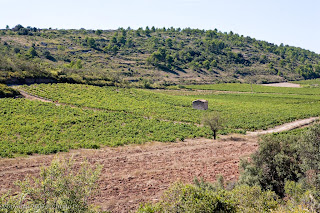
Monday, December 31, 2007
Sunday, December 30, 2007
Monday, December 24, 2007
Monday, September 10, 2007
Monday, September 03, 2007
Kyoto Part 2
In the 1220’s it was the comfortable villa of Kintsune Saionji Yoshimitsu, the 3rd Shogun of Ashikaga, abdicated the throne in 1394. After three years, he began to build Kitayamaden and he made a special effort to make it a breath-taking site. He indulged in his peaceful life in this serene setting. After Yoshimitsu’s death, Kitayamaden was made into a Zen temple in accordance with his will. All the buildings of those days came to ruin except Kinkaku. The garden, however, remains as it was in former days and can be enjoyed as it was hundreds of years ago. Rokuon-ji Temple was inscribed as World Cultural Heritage in 1994.

Ryoan-ji Temple (竜安寺)
Ryoan-ji Temple in Kyoto is famous for its Zen garden, which is considered to be one of the most notable examples of the "dry-landscape" style.
Some say Ryoan-ji Temple garden is the quintessence of Zen art, and perhaps the single greatest masterpiece of Japanese culture. Surrounded by low walls, an austere arrangement of fifteen rocks sits on a bed of white gravel. That's it: no trees, no hills, no ponds, and no trickling water. Nothing you could describe as romantic, distracting or pretty.
Tenryu-ji Temple 天竜寺
Nestled on a slope of the Arashiyama district of Kyoto, Tenryu-ji ("heavenly dragon temple") is listed on the UNESCO World Heritage List and is the head temple of the Tenryu-ji branch of Rinzai Zen Buddhism.
Like other Rinzai Zen temples in Kyoto (Nanzenji, Tofukuji, Ryoanji...) it is noted for its Zen gardens and extensive white buildings.
The temple was founded in 1339 by Shogun Ashikaga Takauji in memory of emperor Go-Daigo (1288-1339), with whom he sided during the civil war which brought to an end the Kamakura Shogunate (1185-1333).
Tenryu-ji was actually a former villa of emperor Go-Daigo himself. The site had earlier been occupied by the Danrin-ji temple since the 9th century, the first Zen temple in Japan. Emperor Kameyama (1249-1305) built a villa on the property, where his grandson Go-Daigo was raised and educated.
Following Go-Daigo's passing, a Buddhist priest dreamt of a dragon rising from the nearby river and interpreted it as the uneasy spirit of the defunct emperor. As a result, Ashikaga Takauji ordered to built a temple to appease Go-Daigo's spirit.
Tenryu-ji was ravaged by fires no less than eight times, last in 1864. Although the present building only date from 1900, the 14th century landscape garden is one of the oldest in Japan.

* comments gathered on jref.com




















































